- The Pitfalls of Treating the Plant on the Leaf
- 1. Superficial Treatment
- 2. Neglecting the Root System
- 3. Incomplete Pest Control
- 4. Lack of Holistic Approach
- 5. Masking Symptoms
- Conclusion
- The Importance of a Holistic Approach
- 1. Understanding the Interconnectedness
- 2. Addressing Underlying Issues
- 3. Promoting Overall Plant Resilience
- 4. Considering the Environment
- 5. Integrating Sustainable Practices
- Understanding the Root Cause
- Key Takeaways
- Exploring the Impact on the Overall Health
- The Benefits of Treating the Leaf
- The Importance of a Holistic Approach
- Identifying Potential Hidden Problems
- Preventive Measures for Long-Term Health
- 1. Proper Nutrition
- 2. Regular Monitoring
- 3. Good Sanitation Practices
- 4. Proper Watering Techniques
- 5. Crop Rotation
- 6. Companion Planting
- 7. Chemical-Free Pest Control
- 8. Adequate Sunlight
- Enhancing Plant Resilience
- Factors Influencing Plant Resilience
- Strategies for Enhancing Plant Resilience
- The Role of Leaf Treatments in Enhancing Plant Resilience
- Efficiency and Cost-Effectiveness
- Importance of Treating the Plant on the Leaf
- The Limitations of Treating the Plant on the Leaf
- Integrated Pest Management (IPM)
- Consideration of Cost-Effectiveness
- Conclusion
- Sustainable Solutions for Environmental Well-being
- 1. Renewable Energy
- 2. Waste Reduction and Recycling
- 3. Sustainable Agriculture
- 4. Conservation and Restoration
- 5. Sustainable Transportation
- 6. Water Conservation
- 7. Education and Awareness
- 8. Collaboration and Policy Support
- Question-answer:
- What does it mean to treat the plant on the leaf?
- Why is treating the plant on the leaf not a panacea?
- What are the limitations of treating the plant on the leaf?
- What are the benefits of treating the plant on the leaf?
- Should treating the plant on the leaf be the only method of plant care?
- What other factors should be considered when taking care of plants?
- Video: PLANT LEAF DRYING and BROWN at TIPS AND EDGES: Top 5 Reasons – Diagnosis Cure and Hacks (Tips)
In the world of plant care, there is often a tendency to focus solely on treating the plant at the root level. However, the health and vitality of a plant can also be greatly influenced by its leaves. While treating the plant at the root level is crucial for providing the necessary nutrients and water, neglecting the leaves can lead to a variety of problems that can ultimately impact the plant’s overall well-being. Therefore, it is important to understand the significance of treating the plant on the leaf, as it plays a vital role in ensuring the plant’s health and longevity.
One of the primary reasons why treating the plant on the leaf is important is because it is through the leaves that plants absorb sunlight and carry out the process of photosynthesis. Photosynthesis is a vital process that enables plants to convert sunlight into energy, which is essential for their growth and development. If the leaves of a plant are not healthy and functioning optimally, the plant may not be able to produce enough energy to sustain itself. This can result in stunted growth, wilting, and overall poor health of the plant.
Furthermore, treating the plant on the leaf is also important for preventing and managing pest and disease infestations. Leaves can often be a breeding ground for various pests and diseases, as they provide a favorable environment for them to thrive. By regularly treating the leaves with appropriate pesticides and fungicides, gardeners can help reduce the risk of infestations and ensure the plant remains healthy. Additionally, treating the leaves can also help in the early detection of any potential issues, allowing for prompt intervention and prevention of further damage.
In conclusion, while treating the plant at the root level is essential, it is equally important to pay attention to the health and well-being of the leaves. By understanding the significance of treating the plant on the leaf and taking necessary precautions, gardeners can ensure that their plants remain healthy, vibrant, and resilient against various external factors. So, next time you embark on your plant care routine, remember to give some extra care and attention to those leaves – they play a crucial role in the overall health and success of your plants.
The Pitfalls of Treating the Plant on the Leaf
1. Superficial Treatment
Treating the plant on the leaf may provide immediate relief from certain pests or diseases, but it often fails to address the underlying problems that may be affecting the plant’s overall health. By only focusing on the external symptoms, one may overlook the root causes of the issue and miss out on the opportunity to implement more effective and sustainable solutions.
2. Neglecting the Root System
The root system is the lifeline of any plant, providing it with essential nutrients and water. By solely treating the plant on the leaf, one ignores the critical role that roots play in the plant’s overall well-being. Neglecting the root system can lead to long-term health problems for the plant and limit its ability to thrive.
3. Incomplete Pest Control
While treating the plant on the leaf may help control certain pests, it often fails to eliminate them entirely. Insects and other pests may have eggs or larvae hidden in the soil or other parts of the plant, which can continue to cause damage even after treating the leaves. By solely focusing on the leaf, one may miss out on effectively eradicating pests from the entire plant and preventing future infestations.
4. Lack of Holistic Approach
Treating the plant on the leaf in isolation disregards the interconnectedness of the plant and its environment. Plants are affected by various factors, including soil quality, sun exposure, and air circulation. By only addressing the leaf, one may fail to consider these essential elements and miss the opportunity to create a holistic and sustainable treatment plan.
5. Masking Symptoms
Treating the plant on the leaf often provides temporary relief by addressing the visible symptoms. However, it may only serve as a band-aid solution without tackling the underlying issues that are causing the problem. Over time, the masked symptoms may resurface or evolve into more severe problems, leading to a cycle of ineffective treatment.
Conclusion
While treating the plant on the leaf can be an important part of plant care, it is crucial to recognize its limitations. To ensure the long-term health and vitality of plants, a comprehensive approach that considers the root system, pest control, holistic treatment, and addressing underlying issues is necessary. By going beyond superficial treatment, gardeners and plant enthusiasts can create an environment that fosters the plant’s overall well-being and resilience.
The Importance of a Holistic Approach
A holistic approach to plant health involves considering the plant as a whole system and addressing all aspects that can impact its well-being. While treating the plant on the leaf is important, it is not a panacea and should be combined with other practices to achieve optimal results.
1. Understanding the Interconnectedness

Plants are complex organisms that rely on interconnected systems to thrive. They have roots that absorb nutrients from the soil, leaves that perform photosynthesis, stems that transport water and nutrients, and flowers that produce fruits and seeds.
Treating only the plant on the leaf overlooks the interconnectedness of these systems. For example, if a plant is treated for pests on the leaves but its roots lack nutrients, it may still struggle to grow and develop properly.
2. Addressing Underlying Issues
Plant health issues are often symptoms of underlying problems. Pests, diseases, and nutrient deficiencies can be signs of imbalances in the soil, lack of sunlight, or poor watering practices. By taking a holistic approach, these underlying issues can be identified and addressed to prevent further problems.
For instance, if a plant is affected by a fungal disease, simply treating the affected area on the leaf may provide temporary relief. However, without addressing the root cause, the disease may reoccur or spread to other parts of the plant.
3. Promoting Overall Plant Resilience
A holistic approach to plant health aims to strengthen the plant’s overall resilience. By providing optimal growing conditions, balanced nutrition, and proper care, plants can develop stronger immune systems to fight off pests and diseases.
For example, using organic fertilizers and improving soil health can enhance a plant’s ability to absorb nutrients, tolerate stress, and resist diseases. Treating the plant on the leaf alone cannot achieve the same level of long-term resilience.
4. Considering the Environment
Plants are influenced by their surroundings, including the climate, weather conditions, and the presence of other organisms. A holistic approach takes into account these environmental factors and ensures that the plant is well-adapted to its ecosystem.
While treating the plant on the leaf can help manage immediate issues, it may not consider the broader ecological context. Understanding the plant’s natural habitat and making necessary adjustments can help prevent recurring problems and promote long-term plant health.
5. Integrating Sustainable Practices
A holistic approach not only focuses on the current health of the plant but also promotes sustainable practices. It encourages methods that are environmentally friendly, conserve resources, and support biodiversity.
For instance, instead of relying solely on chemical pesticides to control pests on the leaves, the holistic approach advocates for integrated pest management techniques that consider biological controls and natural predators.
| Benefits of a Holistic Approach | Limitations of Treating the Plant on the Leaf |
|---|---|
|
|
Understanding the Root Cause
When it comes to plant health and disease management, understanding the root cause of the problem is crucial. While treating issues on the leaf surface can provide immediate relief, it is not a long-term solution.
The root cause of plant diseases and health problems often lies deeper within the plant’s root system. Issues such as nutrient deficiencies, root rot, and poor soil conditions can all contribute to poor plant health. Treating the symptoms on the leaves can provide temporary relief, but without addressing the underlying cause, the problem will persist.
One of the main reasons why treating the plant on the leaf is not a panacea is that it does not address the core issue. For example, if a plant is suffering from a nutrient deficiency, simply spraying a fertilizer on the leaves may provide some immediate nutrient uptake, but it will not solve the underlying problem of poor nutrient uptake through the roots. This means that the plant will continue to suffer from a lack of nutrients, even if the symptoms on the leaves are temporarily alleviated.
Another reason why treating the root cause is important is that it can prevent the problem from recurring in the future. By addressing issues such as poor soil conditions or root rot, plants can be better equipped to withstand diseases and other stressors in the long term. By focusing on the roots, we can improve plant resilience and overall health.
Understanding the root cause of plant health issues is not always easy. It often requires careful observation, soil testing, and sometimes even microscopic analysis. However, by taking the time to investigate and address the underlying cause, we can provide more effective and sustainable solutions for plant health and disease management.
Key Takeaways
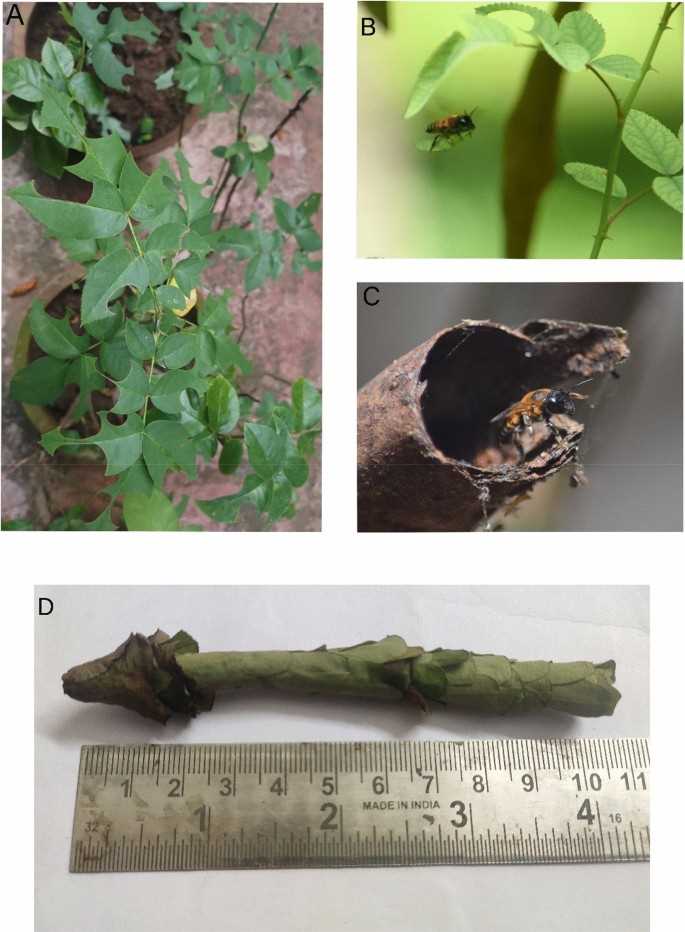
- Treating plant issues on the leaf surface does not address the root cause of the problem.
- The root cause of plant health problems often lies deeper within the plant’s root system.
- Addressing the root cause is important for long-term plant health and disease management.
- Treating the root cause can prevent the problem from recurring in the future and improve plant resilience.
Exploring the Impact on the Overall Health
While treating the plant on the leaf is not a panacea for all plant health issues, it can still have a significant impact on the overall health of the plant. Treating the leaf is important because it is the primary site for photosynthesis, respiration, and transpiration, which are crucial processes for plant growth and development.
When plants are stressed or diseased, their ability to perform photosynthesis, respiration, and transpiration is impaired. This can lead to a decline in plant health and overall productivity. By treating the plant on the leaf, we can directly address these issues and help the plant regain its normal functioning.
The Benefits of Treating the Leaf
Treating the leaf can help in several ways:
- Disease control: Many plant diseases originate on the leaf surface, either through fungal spores or bacteria. By treating the leaf with fungicides or bactericides, we can prevent the spread of pathogens and reduce the risk of infection.
- Nutrient absorption: The leaf is also the main site for nutrient absorption. By applying fertilizers or foliar sprays directly to the leaf surface, we can provide the plant with essential nutrients that may be lacking in the soil.
- Pest management: Insects and other pests often target the leaves of plants. Treating the leaf with insecticides or repellents can help control pest populations and reduce damage to the plant.
- Stress relief: Leaves are exposed to various environmental stresses, such as drought, heat, or excessive sunlight. Treating the leaf with products that enhance stress tolerance can help the plant withstand these unfavorable conditions and maintain its health.
The Importance of a Holistic Approach
While treating the leaf is important, it is crucial to remember that plant health is influenced by many factors. A holistic approach to plant care, which includes proper watering, soil management, and overall plant nutrition, is essential for long-term plant health.
Treating the leaf should be seen as a complementary practice, rather than the sole solution. By addressing the underlying causes of plant stress and disease, and providing a suitable environment for growth, we can ensure the overall health and vitality of our plants.
In conclusion, treating the plant on the leaf is not a panacea, but it is still very important for the overall health of the plant. By targeting the leaf, we can directly address issues related to photosynthesis, respiration, transpiration, disease control, nutrient absorption, pest management, and stress relief. However, a holistic approach to plant care is necessary to maintain long-term plant health.
Identifying Potential Hidden Problems
While treating the plant on the leaf is important, it is equally crucial to identify and address potential hidden problems that may be affecting the entire plant.
1. Root System Issues: The health of the roots plays a significant role in determining the overall well-being of the plant. If the roots are damaged, infected with pests or diseases, or suffering from poor drainage, the plant may not be able to absorb nutrients and water effectively. Signs of root issues include stunted growth, wilting leaves, and root rot.
2. Soil Quality: The quality and composition of the soil can greatly impact plant health. Soils that are too compacted, lacking in nutrients, or have pH imbalances can prevent plants from thriving. Testing the soil for pH levels, nutrient deficiencies, and organic matter content can help identify any hidden soil problems.
3. Pest and Disease Infestations: Pest insects, fungi, bacteria, and viruses can cause significant damage to plants. While some signs of infestation may be visible on the leaves, other pests and diseases may attack the roots, stems, or other parts of the plant, making them harder to detect. Regular inspections and monitoring can help identify these hidden problems before they cause serious damage.
4. Environmental Stress Factors: Plants can be affected by various environmental stress factors, including extreme temperatures, drought, excessive sunlight, or lack of sunlight. These stressors can weaken the plant’s immune system and make it more susceptible to pests and diseases. Understanding the specific environmental requirements of each plant species can help identify hidden problems caused by unfavorable growing conditions.
5. Nutrient Deficiencies: Nutrient deficiencies can impact plant growth and development. While some nutrient deficiencies may show visible signs on the leaves, others may affect other parts of the plant. Conducting regular soil and tissue tests can help identify any hidden nutrient deficiencies and take corrective measures accordingly.
Identifying and addressing potential hidden problems ensures that plant health is optimized and that the plant can thrive in its environment. By taking a holistic approach to plant care, including both treating visible leaf issues and addressing potential hidden problems, gardeners and growers can promote the overall well-being and productivity of their plants.
Preventive Measures for Long-Term Health
The health and well-being of plants are crucial for their long-term growth and productivity. To ensure their long-term health, it is important to implement preventive measures that address the underlying issues rather than relying solely on treating the plant’s visible symptoms. Here are some preventive measures that can contribute to the overall health of plants:
1. Proper Nutrition
Adequate nutrition is essential for plants to thrive. Providing the necessary nutrients through well-balanced fertilizers or organic amendments can help prevent nutrient deficiencies and promote healthy plant growth. Conducting soil tests can aid in determining the specific nutrient requirements of plants.
2. Regular Monitoring
Regular monitoring of plants allows for early detection of any signs of pest infestation or disease. By closely observing plants, gardeners can take prompt action and implement appropriate preventive measures before the issues become severe.
3. Good Sanitation Practices
Maintaining good sanitation practices is vital for preventing the spread of diseases. Removing any fallen leaves or debris around the plants can minimize the chances of diseases taking hold. Additionally, sterilizing tools and equipment used in gardening can prevent the transmission of pathogens.
4. Proper Watering Techniques
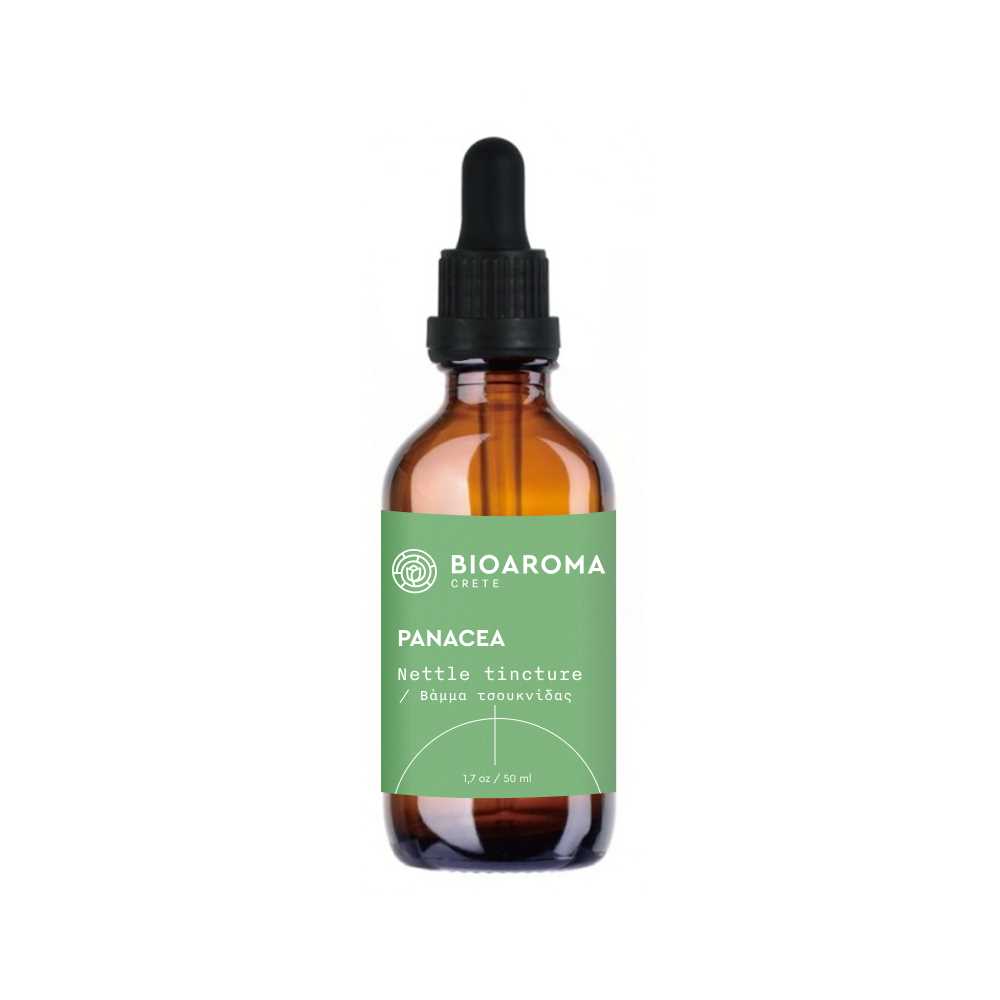
Watering plays a crucial role in plant health. Overwatering or underwatering can stress plants and make them more susceptible to diseases. By following proper watering techniques, such as watering at the base of the plant and avoiding overwatering, gardeners can ensure adequate moisture levels without creating ideal conditions for disease development.
5. Crop Rotation
Implementing crop rotation practices can help disrupt the life cycles of pests and diseases. By rotating plants in different areas of the garden, gardeners can minimize the buildup of pathogens in the soil and create a healthier growing environment for future crops.
6. Companion Planting
Companion planting involves planting compatible plants together to deter pests, attract beneficial insects, and enhance soil health. This practice can help mitigate pest and disease issues by creating a balanced ecosystem in the garden.
7. Chemical-Free Pest Control
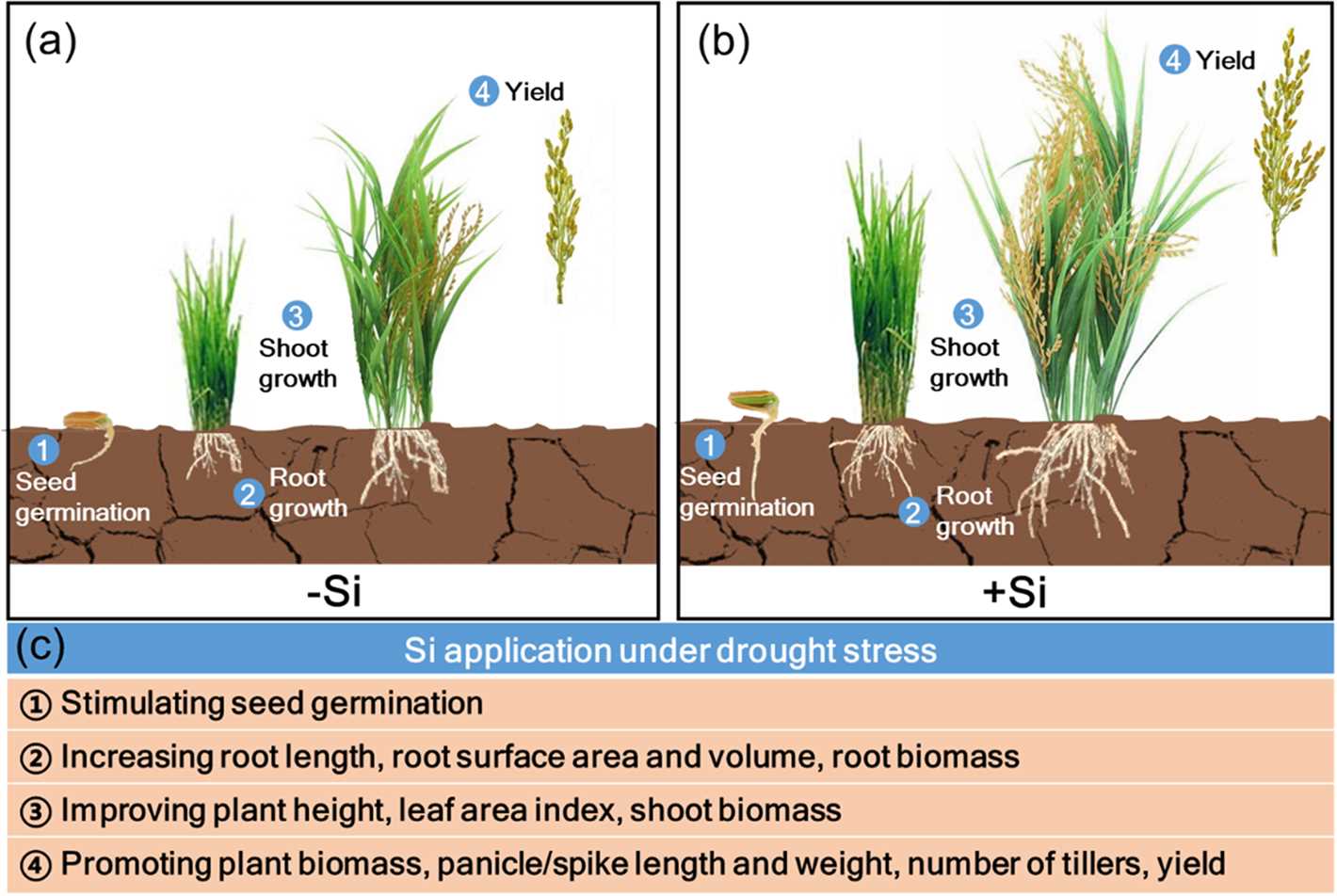
Using chemical-free pest control methods, such as biological controls, traps, and beneficial insects, can help manage pests without harming the overall health of plants. This approach allows for a more sustainable and environmentally friendly garden.
8. Adequate Sunlight
Proper exposure to sunlight is essential for plants’ growth and development. Ensuring that plants receive the required amount of sunlight can enhance their overall health and make them less prone to diseases.
By implementing these preventive measures, gardeners can promote the long-term health of plants and create a resilient and thriving garden ecosystem.
Enhancing Plant Resilience
Enhancing plant resilience is crucial for ensuring the overall health and productivity of crops. Resilient plants are better equipped to withstand various stresses and challenges, such as pests, diseases, drought, and extreme temperatures. By improving the resilience of plants, farmers can reduce the need for chemical inputs and enhance the sustainability of agricultural systems.
Factors Influencing Plant Resilience
There are several factors that contribute to the resilience of plants:
- Genetic diversity: Plants with a wide range of genetic diversity are more adaptable to changing conditions. This diversity allows them to better respond to different stressors and reduces the risk of widespread crop failures.
- Soil quality: Healthy soil with high organic matter content and good nutrient availability promotes plant resilience. It enhances the plant’s ability to absorb water and nutrients, leading to better stress tolerance.
- Plant nutrition: Adequate nutrition is essential for plants to build strong defenses against pests and diseases. Balanced nutrient levels enable plants to activate their immune systems and produce defense compounds.
- Beneficial microorganisms: Certain microorganisms, such as mycorrhizal fungi and rhizobia bacteria, form symbiotic relationships with plants and enhance their resilience. They assist in nutrient uptake, improve soil structure, and protect plants against pathogens.
Strategies for Enhancing Plant Resilience
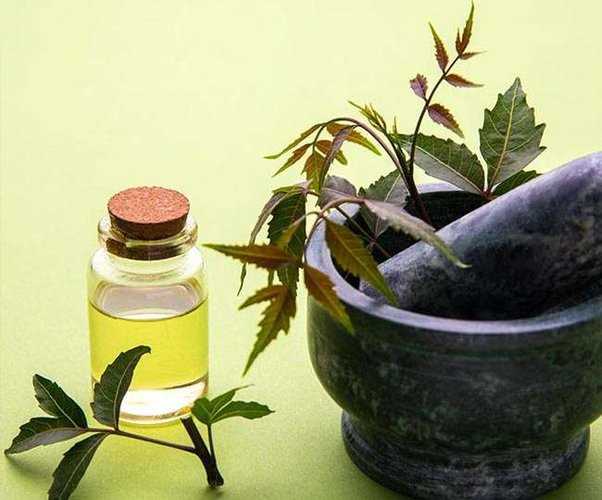
There are various strategies that farmers can implement to enhance the resilience of their crops:
- Diversification: Planting a diverse range of crops and varieties reduces the vulnerability of agricultural systems to specific pests or diseases. It also improves soil health and supports beneficial insects and pollinators.
- Integrated pest management: Implementing integrated pest management practices, such as biological control and crop rotation, reduces the reliance on chemical pesticides and promotes natural pest suppression.
- Water management: Efficient water management techniques, such as drip irrigation and mulching, help conserve water, reduce the risk of drought stress, and improve plant resilience to extreme temperatures.
- Crop nutrition management: Balancing nutrient levels through soil testing and targeted fertilization practices ensures that plants have access to the necessary nutrients for optimal growth and resilience.
- Conservation agriculture: Practices like minimal tillage and cover cropping promote soil health, reduce erosion, and enhance the overall resilience of agricultural systems.
The Role of Leaf Treatments in Enhancing Plant Resilience
While treating the plant on the leaf is not a panacea, it still plays a crucial role in enhancing plant resilience. Leaf treatments, such as foliar fertilization and application of biopesticides, can provide immediate support to plants during times of stress or nutrient deficiency. They can also help regulate plant growth and metabolism, improve nutrient uptake efficiency, and enhance disease resistance.
However, it is important to note that leaf treatments should be used as a complement to holistic plant care practices, rather than a standalone solution. Integrated approaches that focus on improving soil health, genetic diversity, and overall plant nutrition are key to long-term resilience.
| Pros of Leaf Treatments | Cons of Leaf Treatments |
|---|---|
|
|
In conclusion, enhancing plant resilience is a multifaceted approach that requires a combination of genetic diversity, soil health, plant nutrition, and other sustainable practices. While leaf treatments can provide immediate benefits, they should be integrated into a holistic plant care strategy for long-term resilience and sustainability.
Efficiency and Cost-Effectiveness
When it comes to treating plant diseases, efficiency and cost-effectiveness are crucial factors to consider. While treating the plant on the leaf is important, it is not always the most efficient or cost-effective method.
Importance of Treating the Plant on the Leaf
Treating the plant on the leaf is essential because many plant diseases, such as fungal or bacterial infections, start on the leaves. By targeting the affected leaves, we can prevent the disease from spreading to other parts of the plant and potentially causing more damage.
Additionally, treating the leaves directly allows for a more targeted approach, ensuring that the treatment reaches the problem area effectively.
The Limitations of Treating the Plant on the Leaf
However, solely focusing on treating the plant on the leaf may not always be efficient or cost-effective. Some diseases, such as root rot or systemic infections, require treatments that target the roots or the entire plant system.
In these cases, simply treating the leaves may not be enough to eradicate the disease completely. It is crucial to identify the root cause of the problem and implement a comprehensive treatment plan that addresses the underlying issues.
Integrated Pest Management (IPM)
Integrated Pest Management (IPM) is an approach that combines various methods to manage plant diseases effectively and economically. It involves a combination of cultural, biological, and chemical controls to minimize pest damage.
By using IPM strategies, farmers and gardeners can optimize the use of resources and minimize the reliance on costly treatments. This approach involves regular monitoring, proper sanitation practices, crop rotation, use of disease-resistant varieties, and targeted pesticide applications.
Consideration of Cost-Effectiveness
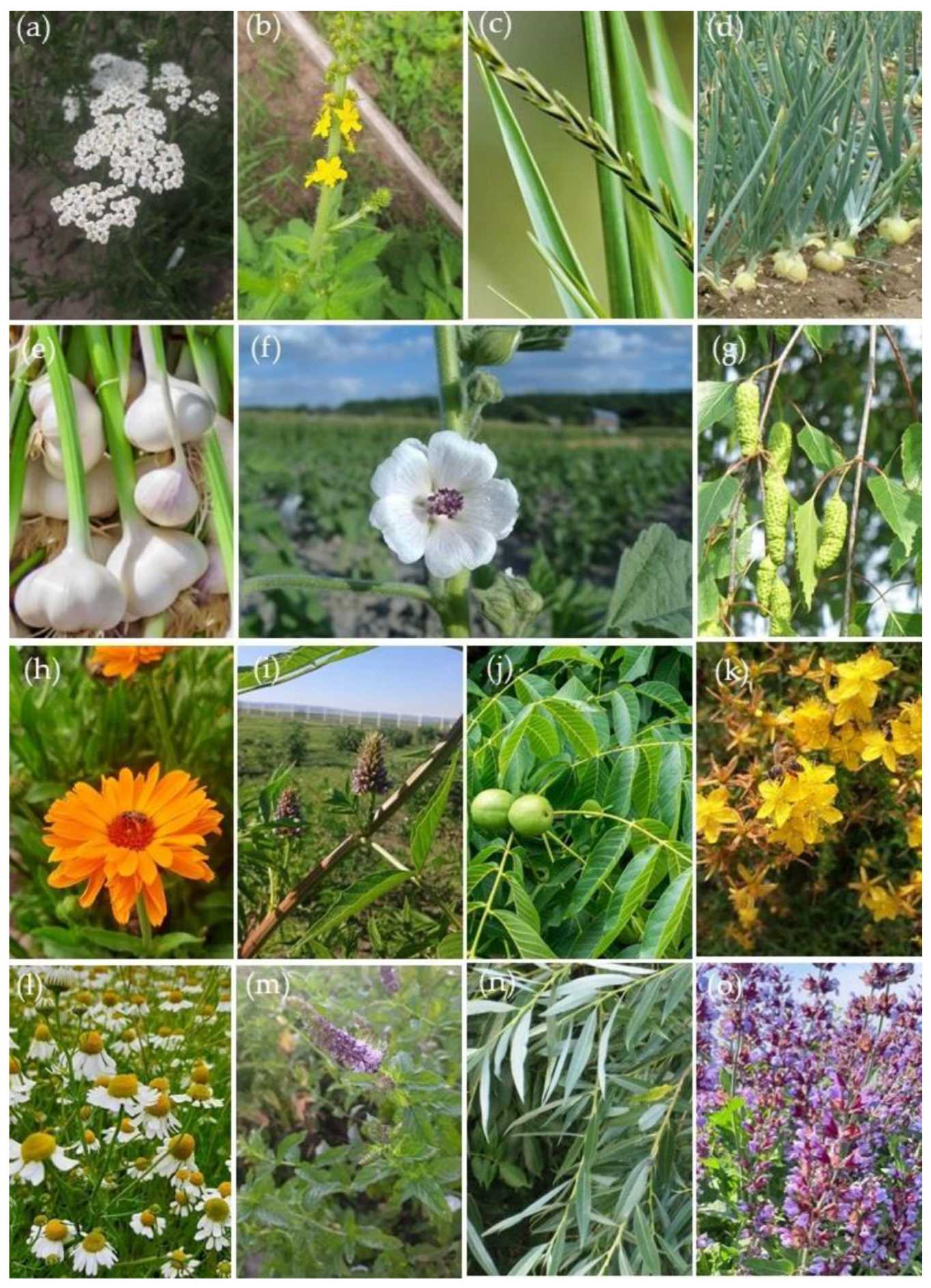
When choosing a treatment method, it is important to consider the cost-effectiveness. Some treatments may require significant financial investments, especially if they involve repeated applications or specialized equipment.
On the other hand, neglecting the plant on the leaf entirely can also lead to increased costs in the long run. If left untreated, diseases can spread rapidly and cause extensive damage to the entire plant, resulting in higher costs for replacement plants or yield loss.
Conclusion
While treating the plant on the leaf is not always a panacea, it is still an important aspect of disease management. However, it is crucial to consider the efficiency and cost-effectiveness of the treatment methods in order to make informed decisions. Integrating multiple approaches through IPM can help optimize resource use and minimize costs while effectively managing plant diseases.
Sustainable Solutions for Environmental Well-being
In order to ensure a healthy and thriving environment, it is crucial to implement sustainable solutions that prioritize environmental well-being. These solutions aim to reduce pollution, conserve resources, and promote biodiversity.
1. Renewable Energy
Transitioning to renewable energy sources, such as solar and wind power, is essential for reducing greenhouse gas emissions and mitigating climate change. By supporting and investing in renewable energy infrastructure, we can reduce our dependence on fossil fuels and promote a sustainable future.
2. Waste Reduction and Recycling
Implementing effective waste management systems that prioritize recycling and waste reduction is essential. Encouraging individuals and businesses to reduce, reuse, and recycle their waste helps to conserve resources, minimize landfill waste, and prevent pollution. This can be achieved through education, incentives, and improved recycling infrastructure.
3. Sustainable Agriculture
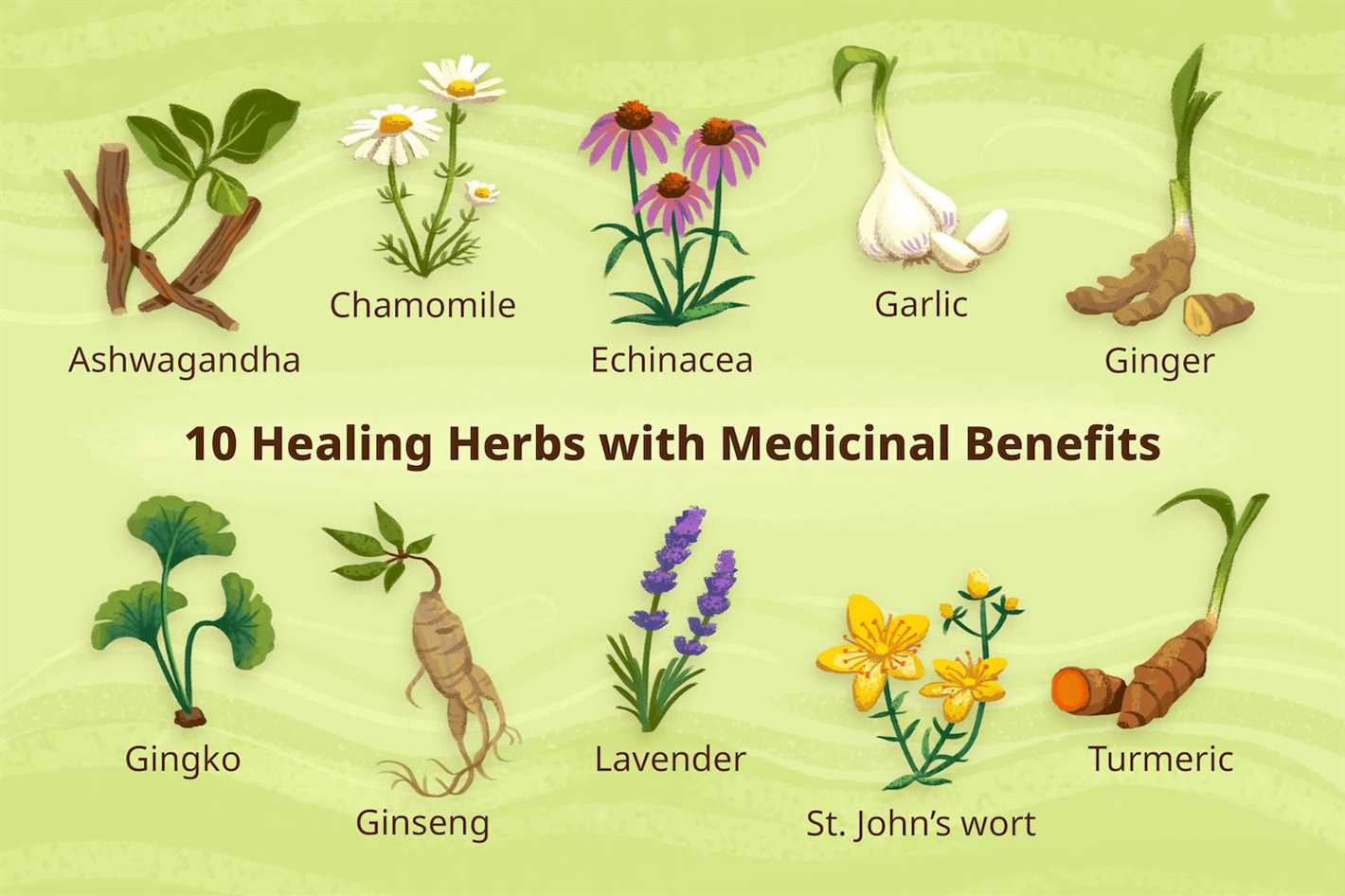
Promoting sustainable agricultural practices, such as organic farming, agroforestry, and permaculture, can help protect ecosystems and biodiversity. These methods prioritize soil health, water conservation, and the use of natural fertilizers and pesticides, reducing the need for harmful chemicals and promoting a healthier environment.
4. Conservation and Restoration
Preserving and restoring natural habitats and ecosystems is vital for maintaining biodiversity and ecological balance. Establishing protected areas, implementing reforestation projects, and restoring degraded lands can help reverse habitat loss and provide a home for endangered species.
5. Sustainable Transportation
Promoting sustainable transportation options, such as walking, cycling, and public transit, can help reduce carbon emissions, air pollution, and traffic congestion. Investing in infrastructure that supports these modes of transportation, such as bike lanes and efficient public transit systems, encourages their use and contributes to a cleaner and more sustainable environment.
6. Water Conservation
Conserving and efficiently managing water resources is essential for environmental well-being. Implementing water-saving technologies, such as rainwater harvesting systems and efficient irrigation methods, can help reduce water wastage and ensure the availability of clean water for future generations.
7. Education and Awareness

Creating awareness about environmental issues and promoting sustainable practices through education is crucial. By increasing knowledge and understanding of the impacts of our actions on the environment, we can inspire individuals and communities to adopt more sustainable behaviors and contribute to a healthier planet.
8. Collaboration and Policy Support
Achieving environmental well-being requires collaboration among governments, businesses, and communities. Governments can play a crucial role by implementing policies and regulations that support sustainable practices and provide incentives for businesses and individuals to prioritize the environment.
In conclusion, sustainable solutions for environmental well-being are necessary to protect and preserve our planet for future generations. By implementing renewable energy, waste reduction and recycling, sustainable agriculture, conservation and restoration, sustainable transportation, water conservation, education and awareness, and collaboration, we can work towards creating a more sustainable and greener future.
Question-answer:
What does it mean to treat the plant on the leaf?
Treating the plant on the leaf refers to the application of fertilizers, pesticides, or other chemicals directly onto the leaves of a plant.
Why is treating the plant on the leaf not a panacea?
Treating the plant on the leaf is not a panacea because it only addresses the surface-level issues of a plant and may not fully address the underlying problems or imbalances in the plant’s overall health. It is important to consider other factors such as soil health, root system, and overall nutrition of the plant.
What are the limitations of treating the plant on the leaf?
The limitations of treating the plant on the leaf include the inability to address root-related issues, as well as the limited effectiveness of certain treatments on certain plants. Additionally, treating the plant on the leaf may not be sustainable in the long run, as it may contribute to the development of pesticide-resistant pests or imbalances in the plant’s ecosystem.
What are the benefits of treating the plant on the leaf?
Treating the plant on the leaf can provide targeted and immediate relief to certain pest or disease-related issues. It can also be a convenient and efficient method of delivering nutrients to plants that have nutrient deficiencies. Additionally, treating the plant on the leaf can help with the overall appearance and aesthetics of the plant.
Should treating the plant on the leaf be the only method of plant care?
No, treating the plant on the leaf should not be the only method of plant care. It is important to consider a holistic approach to plant care, which includes proper watering, balanced nutrition, healthy soil, and regular monitoring of the plant’s overall health. Treating the plant on the leaf should be seen as a supplementary method rather than the sole solution.
What other factors should be considered when taking care of plants?
When taking care of plants, other factors that should be considered include proper watering techniques, providing adequate sunlight, controlling pests and diseases, maintaining healthy soil, and ensuring proper nutrition. It is important to assess the overall health of the plant and address any underlying issues that may be affecting its growth and development.







